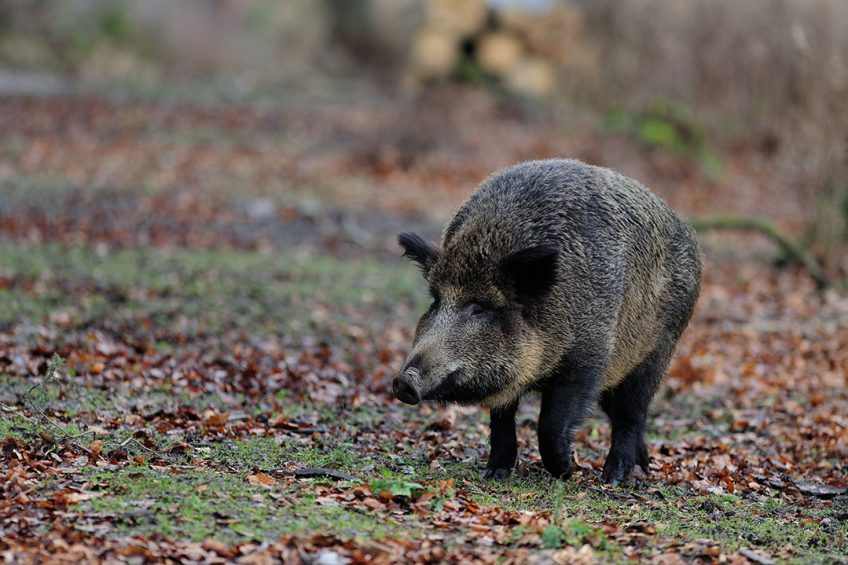ASF Germany: 2 core zones expanded, almost 600 boar dead

Germany had to expand 2 of its 4 core zones to allow for the inclusion of recent cases of African Swine Fever in its wild boar population.
The largest addition was made for the core zone in the district of Görlitz, in Saxony. This core zone, bordering Poland in the east, will be expanded to roughly twice the size to include a recent case that was found on January 20, around 10 km south of where the others were found. In this zone, cases are found relatively infrequently with only 19 infected wild boar so far. Proper attention for the area is probably wise seeing that infected carcasses are found frequently on the other side of the Neisse border river.
Märkisch-Oderland: ASF core zone expanded to the west
The other zone that has been expanded is located over 100 km more north in Märkisch-Oderland district, in Brandenburg. This core zone also borders Poland in the east and follows the border river Oder. Here, the core zone had to be expanded slightly westward, to accommodate the inclusion of the finding place of 13 wild boar that had been found infected just outside the perimeter of the initial core zones.
The core zones form a key part of the eradication strategy of Germany, which follows European Union protocols. Core zones are fenced off to make sure that infected animals cannot leave the area and transport the virus to anywhere else. After fencing, the next step is the creation of ‘white zones’ around the core zones. These are corridors – again fenced – in which all wild boar present will be shot, to make sure that these animals cannot form a reservoir for the virus to escape from the inner core zone.
Once the white zones are free from wild boar, hunters will step inside the inner zones to kill any remaining wild boar population and do a thorough search.
In the northern, Märkisch-Oderland situation, the infected carcasses had been found inside the white zone, which had already been constructed around the inner area, which means that the area was already fenced off. This might mean that the virus may not have spread much further.
The complicating factor is the proximity of Poland, where the disease pressure is rather high and where the virus appears to be spreading amongst the wild boar population. That means that, despite fencing measures, new infections could occur from the Polish side.
Latest count in Germany: 594 wild boar carcasses
At the latest count, at the start of February 2021, 594 carcasses had been reported since the onset of the infections in September 2020. Until now, 149 were reported in January, which is 25% of the total. Most likely, additional cases will push up the tally for January. December so far proved to be the worst month with 202 wild boar victims.
Approaching 600 cases in 4 core zones gives the impression that the German ASF situation is going to exceed that of Belgium. When ASF broke out there in September 2018, eventually 833 positive carcasses were found. The country was declared free from ASF last autumn by the EU and the World Organization for Animal Health. The Czech Republic also managed to eradicate the virus in recent years in its wild boar population. There between 220 and 230 wild boar got infected.
ASF situation in Western Poland
On the Polish side of the border, in Western Poland alone, the total number of cases topped 3,000 during January. At the beginning of February 2021 in total 3,106 wild boar have been found with African Swine Fever ever since a cluster of the virus was discovered in Western Poland in November 2019. Lubusz province was struck heaviest with 2,560 cases alone.
Reports for January 2021 are still coming in, but for December 2020 the picture is pretty clear – the month was the worst so far with 501 infected wild boar reported. Perspectives for the imminent future do not look too rosy either – the winter months are usually the time when most ASF victims can be found. In the winter of 2019-2020, the months January and February proved to be the heaviest with regard to ASF cases in Western Poland: 410 and 445 respectively.












